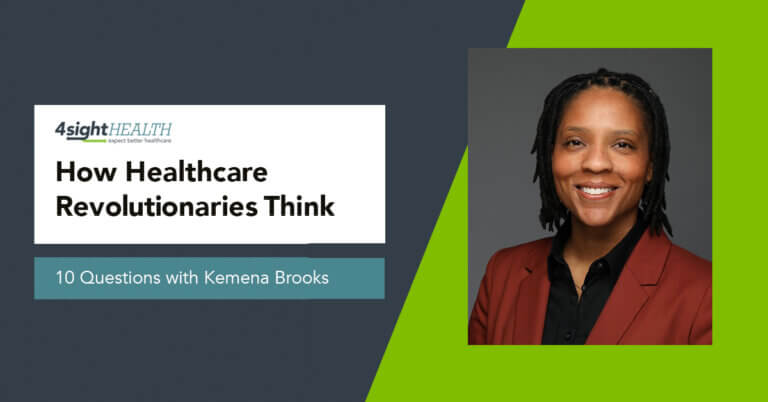February 6, 2024

The Machines Are Coming, the Machines Are Coming!
Legend has it that just after midnight on April 18, 1775, Paul Revere rode his horse north from Charlestown, Massachusetts, shouting, “To Arms! To Arms! The British are coming! The British are coming!” And with Revere’s warning, the American Revolution was under way.
Today, another type of revolution is underway. Generative AI (GenAI) technologies are reshaping economies in real time at an accelerating rate. ChatGPT-3, launched by the AI research and development company OpenAI in November 2022, had over a million users within five days and has spread geometrically since. [1]
Unlike other technological breakthroughs, GenAI requires no hardware. Its capabilities manifest through well-developed consumer search habits. With no learning curve, GenAI has the potential to provide an immediate boost to worker productivity.
What’s truly amazing is how large language models like ChatGPT-4 are employing machine learning and natural language processing within deep neural networks to think and create like human beings. They’re already solving math problems. [2] AI art generators like OpenAI’s DALL-E2 use prompts to fashion original works. If that’s not thinking and creating, I don’t know what is.
Unlike other technological revolutions, the ability of the machines to perform nonroutine cognitive tasks threatens the livelihoods of knowledge workers far more than manual laborers. A Goldman Sachs report suggests GenAI technologies could affect two-thirds of all occupational tasks and fully substitute for a quarter of them. [3]
The transition to AI-supported work will generate enormous productivity improvement and wealth creation. A McKinsey analysis suggests that AI can boost annual productivity worldwide by as much as $4.4 trillion. [4] That’s the equivalent of adding a Japan, with the world’s third-largest GDP, to the global economy each year. [5] Incredible!
Sitting directly in GenAI’s sights is U.S. healthcare. It is the largest industry ever created and still largely operates the way it did in the 1970s. It is riddled with intermediaries, inefficiencies and inferior outcomes. Healthcare also generates 30% of the world’s total data, most of which is disconnected, unstructured and begging for effective application. [6] We need machines to help us make sense of it all.
I’m not riding a horse like Paul Revere, but I am proclaiming that the machines are coming to revolutionize America’s broken healthcare system. We are likely to see many current healthcare jobs evaporate even as outcomes improve. Those constructive changes will begin in earnest during 2024.
Sources
- DeVon, C., “On ChatGPT’s one-year anniversary, it has more than 1.7 billion users — here’s what it may do next,” CNBC Make It, Nov. 30, 2023.
- Cobbe, K., et al., “Solving math word problems,” OpenAI, Nov. 18, 2021.
- Hatzius, J., et al., “The potentially large effects of artificial intelligence on economic growth (Briggs/Kodnani),” Goldman Sachs Economics Research, March 26, 2023.
- Chui, M., et al., The economic potential of generative AI: The next productivity frontier, McKinsey & Company, June 14, 2023.
- The World Bank, GDP (current US$) – Japan, 1960-2022.
- Wiederrecht, G., et al., The convergence of healthcare and technology, RBC Capital Markets, Page accessed Jan. 2, 2024.
—This commentary originally appeared as part of an HFMA column in which columnists recount key issues healthcare finance leaders have on the radar for 2024.





